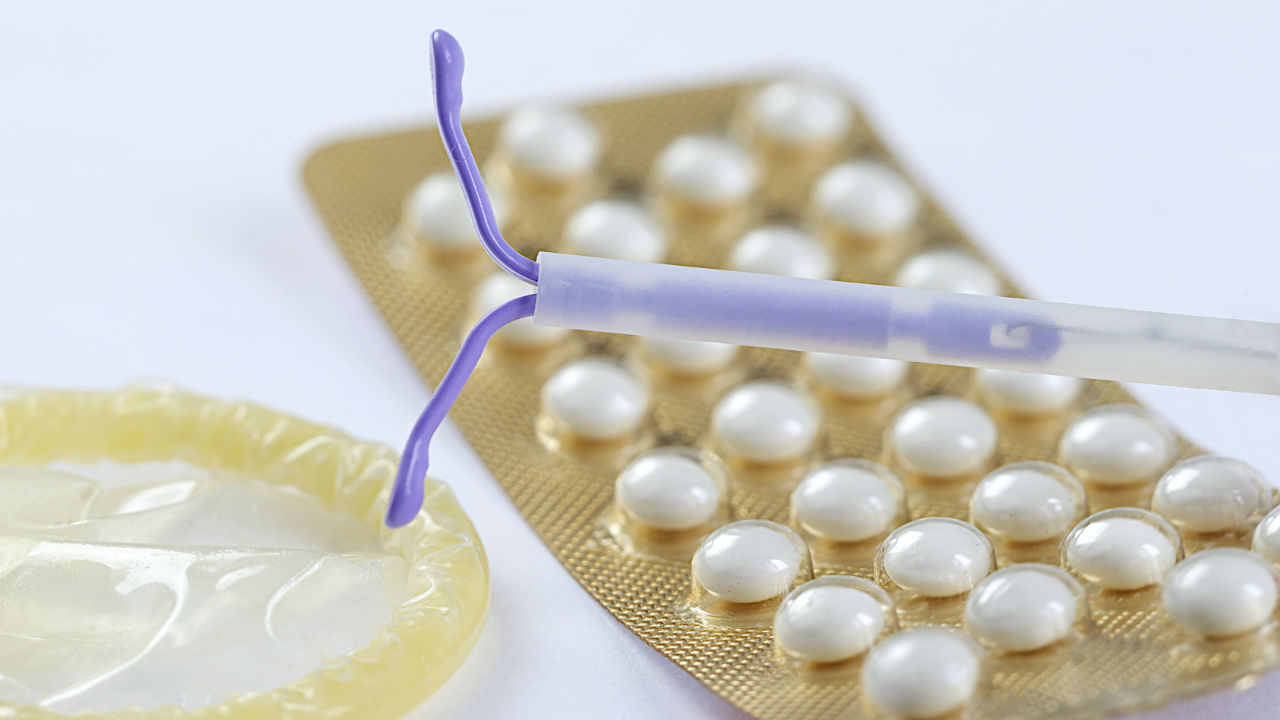 Via Fotolia
Via Fotolia
An intrauterine device (IUD) is a type of birth control. It is a small, T-shaped, flexible plastic device inserted into a woman's uterus by a doctor.
IUDs are either wrapped in copper or contain hormones. Minera has progesterone and Paragard is a copper IUD.
Copper IUDs are the most commonly used. Copper wire is wound around the stem of the T-shape. The copper in the IUD does not raise the overall level of copper in a woman’s body. Copper is a trace mineral, naturally present in the human body and found in different foods. In fact, the copper released by the IUD is less than the amount contained in the average daily diet.
The copper IUD can stay effective for 10 to 12 years. Side effects with this IUD include but are not limited to: anemia, backache, pain during sex, menstrual cramps, allergic reaction, vaginal infection, vaginal discharge, faintness or pain. It can also cause irregular bleeding throughout the cycle and heavier, more painful menstrual periods
The hormone IUD releases a tiny amount of a synthetic progesterone hormone directly to the uterus itself. This hormone is similar to the hormones in some birth control pills, only in a much lower dosage. Women using this IUD usually have lighter, less painful menstrual periods. The hormone IUD is effective for at least 5 years.
Hormone IUD side effects include cramps or pelvic pain, vaginal discharge, nausea, headache, nervousness, back pain, weight increase, breast tenderness or pain, acne, decreased sex drive, depressed mood, inflammation of cervix, vulva or vagina, pelvic pain during your period, and high blood pressure. Some women have irregular bleeding throughout the cycle while others stop menstruation altogether.
The hormone IUD prevents fertilization by damaging or killing sperm and making the cervix mucus thick and sticky, so sperm can't pass through to the uterus. It also prevents the lining of the uterus from growing very thick which makes the lining a poor place for a fertilized egg to implant and grow.
Copper is toxic to sperm. It makes the uterus and fallopian tubes produce fluid that kills sperm. This fluid contains white blood cells, copper ions, enzymes, and prostaglandins.
The copper IUD begins preventing pregnancy as soon as it is inserted, while the hormone IUD takes up to 7 days to become effective.
Both types of IUDs have disadvantages which include the high cost of insertion (from $175 to $500), no protection against STDs, and that IUDs need to be removed by a doctor.
Sources:
Birth-control-comparison.info
Plannedparenthood.org
www.fwhc.org
WebMD




Add a CommentComments
There are no comments yet. Be the first one and get the conversation started!